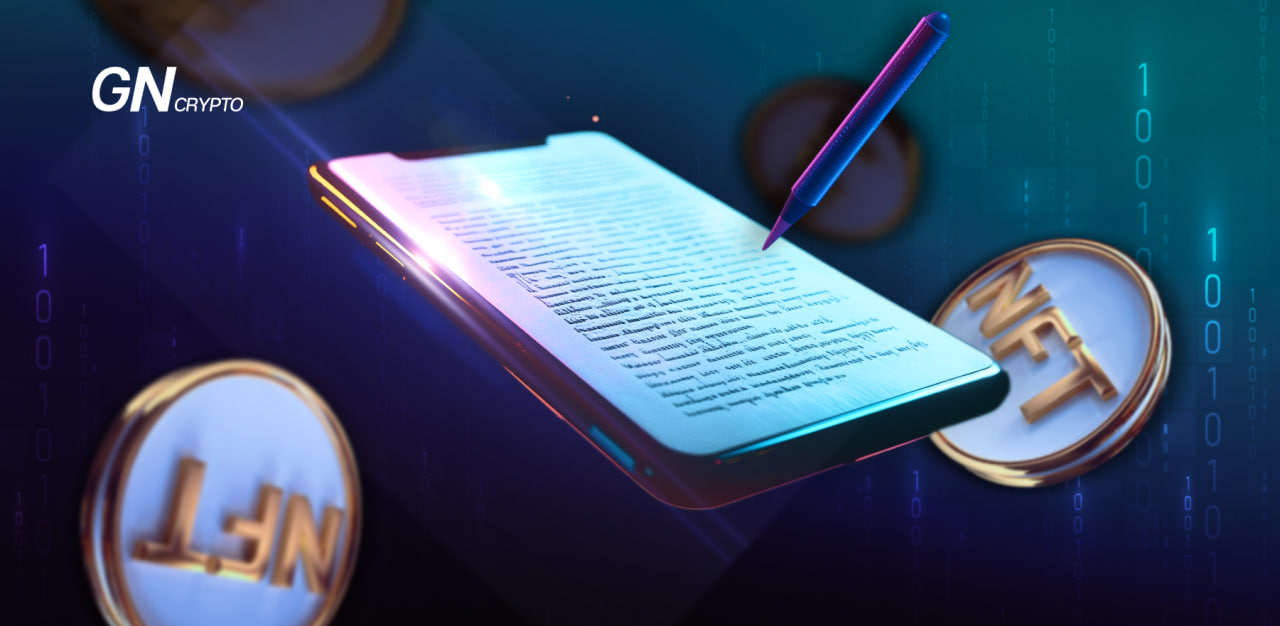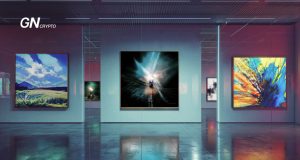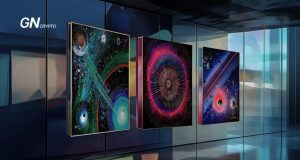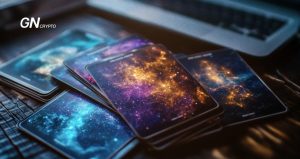Story Inscriptions: Embedding Messages in NFTs

Story Inscriptions is a decentralized protocol that enables attaching immutable text messages or images to specific NFTs. It was developed by Transient Labs in collaboration with Michelle Viljoen.
On this page
At its core, the protocol leverages the ERC-165 standard, which provides interface support for smart contracts, exposing all the capabilities of a particular program to other decentralized apps. This compatibility enhances interaction among projects and facilitates the integration of textual messages into the structure of non-fungible tokens.
NFT stories can only be created for smart contracts developed by Transient Labs. To beautifully format text or add an image, users will need the LaunchPad (the project's official tool) or Etherscan, as well as proficiency in Markdown language. The cost for crafting a single Story Inscription message of up to 5000 words is 694,795 units of additional gas, or 0.0352 ETH (about $110 at current prices), making it accessible for most cryptocurrency enthusiasts.
Story Inscriptions of the Treeangles Collection. Source: Reader.Gallery
This raises a pertinent question: Why opt for the conditionally paid Story Inscriptions when there are free metadata options available? Essentially, this protocol is ideal for a specific audience: artists, tech enthusiasts, or game developers interested in releasing a digital series with an evolving plot. Thus, the developers at Transient Labs have made it possible to disable Story Inscriptions at any time.
Moreover, they have added a feature that allows for writing unique stories for each token, which is handy if you want to diversify a single NFT or create individual messages for each. This feature is particularly useful for games or contests where finding the correct answer among multiple options is necessary. It's important to note that once a transaction is confirmed, the text of a Story Inscription becomes immutable, unlike the token's metadata, which can often be changed.
This makes the token's history richer and more comprehensive without altering its original metadata
state the developers at Transient Labs.
Another feature of the Story Inscriptions protocol is that collectors can add their own narratives or other information without any content restrictions. However, the company urges token owners not to misuse this functionality, maintaining the original context and value of each piece. Additionally, the author of the collection has the option to disable the creation of inscriptions by token owners, completely turning off the protocol for the smart contract.
Currently, messages from Story Inscriptions are not viewable on popular NFT marketplaces such as OpenSea and Blur. To access them, one must use either the official Transient Labs website or Reader․Gallery. The latter is a free, minimalist platform with an open-source MIT license, developed by software engineer and artist Justin Kalland.
In the near future, the developers of Story Inscriptions aim to enable the display of Story Inscription texts on all major trading platforms. However, the option to implement the protocol for existing third-party NFT smart contracts—which could attract a large number of creators—is likely to remain unavailable, thus limiting the potential reach of this innovative feature.
The content on The Coinomist is for informational purposes only and should not be interpreted as financial advice. While we strive to provide accurate and up-to-date information, we do not guarantee the accuracy, completeness, or reliability of any content. Neither we accept liability for any errors or omissions in the information provided or for any financial losses incurred as a result of relying on this information. Actions based on this content are at your own risk. Always do your own research and consult a professional. See our Terms, Privacy Policy, and Disclaimers for more details.


























